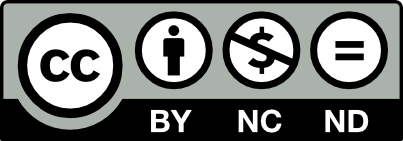Por favor, use este identificador para citar o enlazar este ítem:
http://hdl.handle.net/10609/150648
| Título : | How are UML class diagrams built in practice? A usability study of two UML tools: Magicdraw and Papyrus |
| Autoría: | Planas, Elena Cabot, Jordi |
| Citación : | Planas, E. [Elena] & Cabot, J. [Jordi]. (2020). How are UML class diagrams built in practice? A usability study of two UML tools: Magicdraw and Papyrus. Computer Standards & Interfaces, 67(null), 1-13. doi: 10.1016/j.csi.2019.103363 |
| Resumen : | Software modeling is a key activity in software development, especially when following any kind of Model Driven Software Engineering (MDSE) process. In this context, standard modeling languages, like the Unified Modeling Language (UML), and tools for supporting the modeling activities become essential. The aim of this study is to analyze how modelers build UML models and how good modeling tools are in supporting this task. Our goal is to draw some useful lessons that help to improve the (UML) modeling process both by recommending changes on the tools themselves and on how UML is taught so that theory and practice of UML modeling are better aligned. Our study employs two research approaches. The main one is an empirical experiment (which analyzes screen recordings registered by undergraduate students during the construction of a UML class diagram). An analytical analysis complements the previous experiment. The study focuses on the most frequent type of UML diagram, the class diagram, and on two tools widely used by the modeling community: MagicDraw and Papyrus. |
| Tipo de documento: | info:eu-repo/semantics/article |
| Versión del documento: | info:eu-repo/semantics/acceptedVersion |
| Fecha de publicación : | ene-2020 |
| Licencia de publicación: | http://creativecommons.org/licenses/by-nc-nd/4.0/es/  |
| Aparece en las colecciones: | Articles cientÍfics Articles |
Ficheros en este ítem:
| Fichero | Descripción | Tamaño | Formato | |
|---|---|---|---|---|
| Planas_CSI_How.pdf | 893,27 kB | Adobe PDF |  Visualizar/Abrir |
Comparte:
 Google Scholar
Google Scholar
 Microsoft Academic
Microsoft Academic
Este ítem está sujeto a una licencia Creative Commons Licencia Creative Commons


